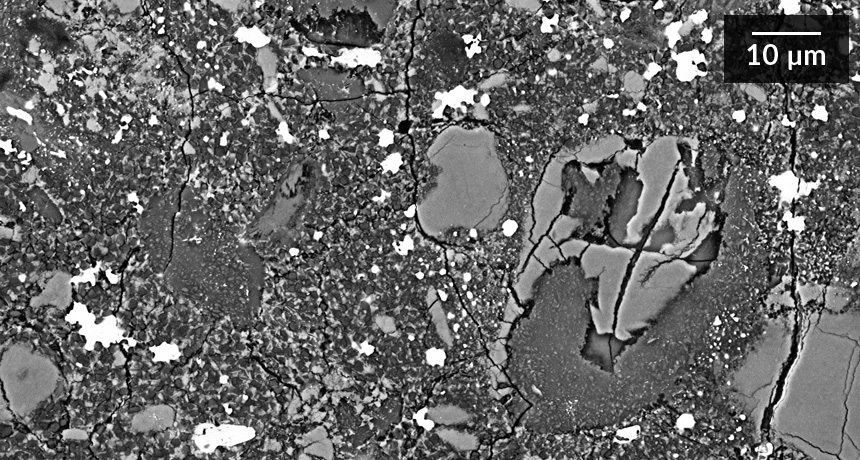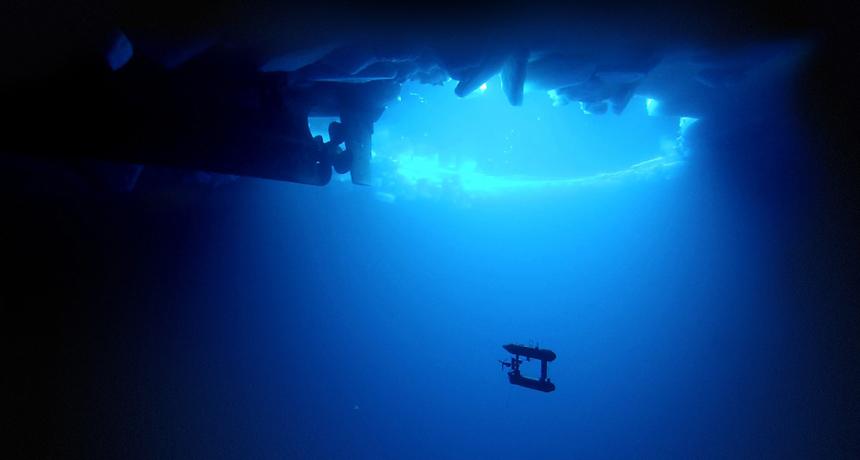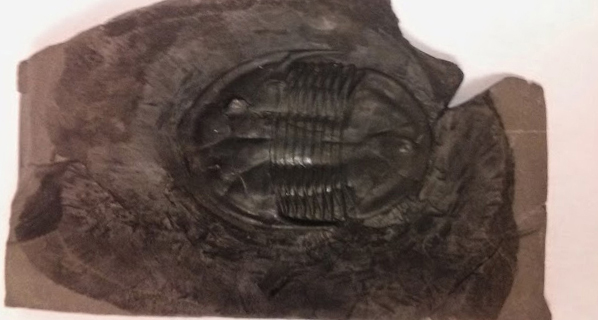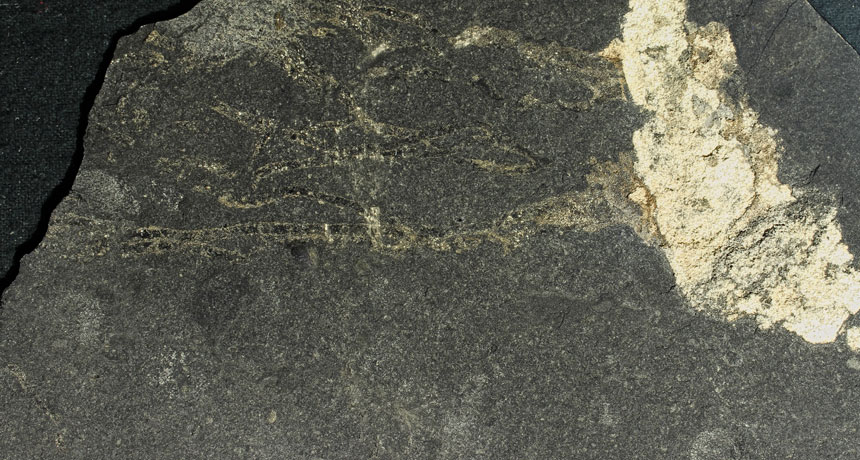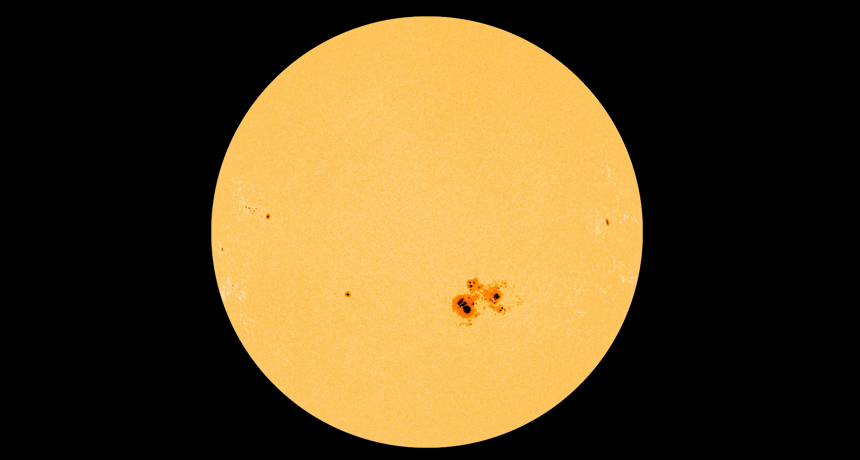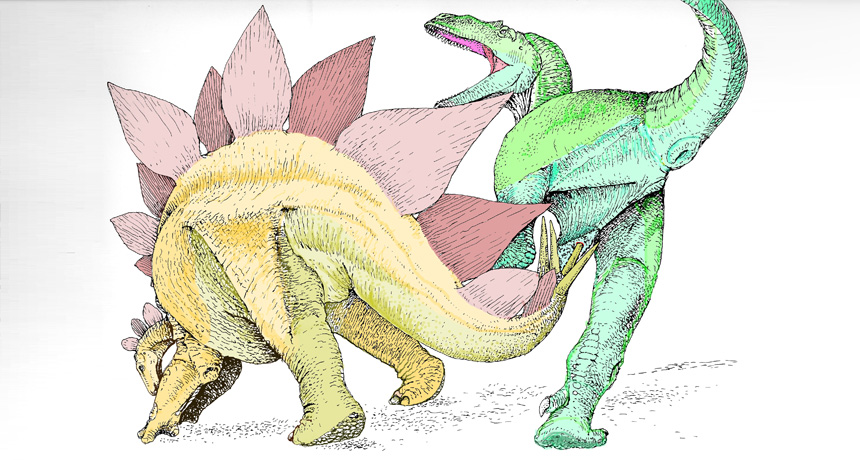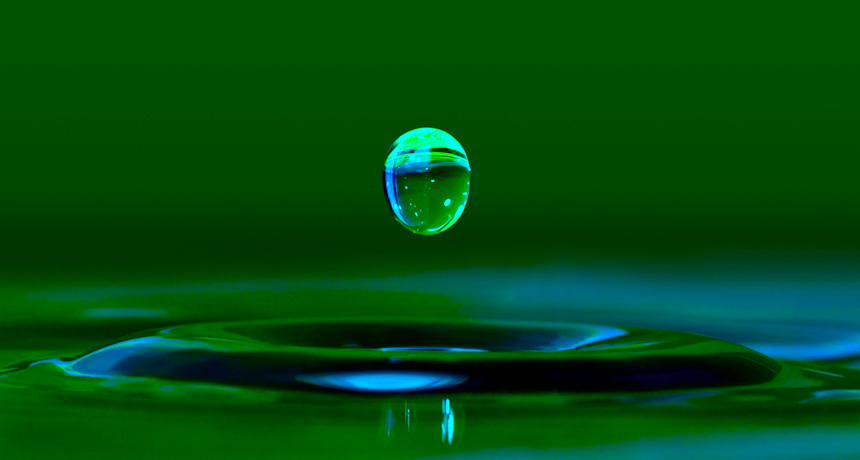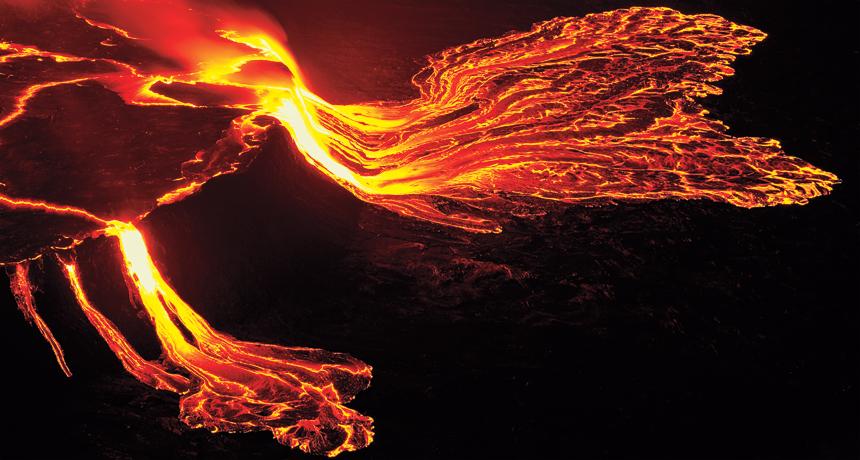
War Zone Volcano: Scientists face an uphill battle to reveal Mount Nyiragongo’s fiery past and forecast its future
Science News, December 2014On clear nights a red glow radiates from the top of Mount Nyiragongo in the Democratic Republic of the Congo. On the mountain’s summit the source of the light thrashes and boils: the largest and most active lava lake in the world.
Feature article on scientists uncovering the eruptive history of Mount Nyiragongo in the Democratic Republic of the Congo, facing fast-flowing lava, armed bandits, and missile strikes. Story accompanied by slideshow and podcast. Published in both online and print editions. Cover story of special issue on disasters.
